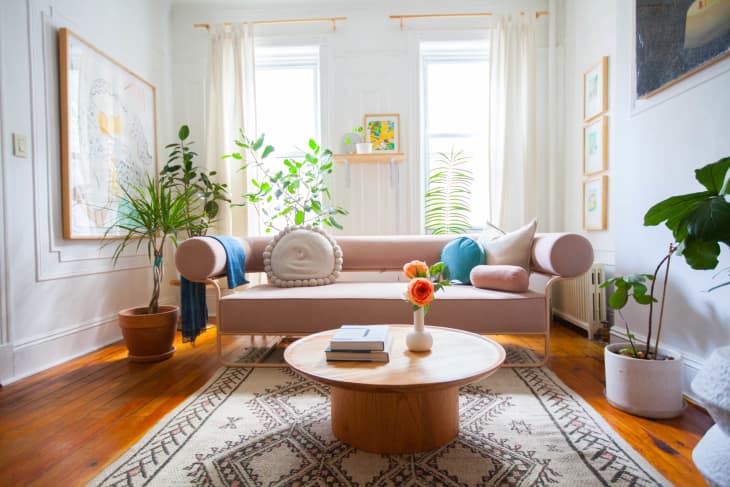Many houseplants hunker down for an extended period of rest, or dormancy, during the winter months. They’ll stop flowering and growing new leaves. Some species will drop leaves (even all of their leaves like shamrock plants) and that’s okay! You haven’t killed it. It’s getting ready to rest, just like trees and plenty of garden plants. Depending on the plant, dormancy can last for several weeks to a couple of months and you’ll need to adjust you plant care routine accordingly.
Cut Back on Water
Since plants don’t expend much energy when they’re dormant, they don’t need as much water as they normally would. This also means that plants are particularly susceptible to overwatering during the winter. You’ll know if you’re overwatering if the leaves look droopy and start to turn yellow and if the soil seems to be taking an unusually long time to dry out. Generally you should water about half as often as you would during the growing season, but it’s best to feel the soil before watering (just like you usually do, right?). Only water when the soil is dry about an inch or two down. If in doubt, let it alone for a few more days. Some desert plants like cacti and succulents may not need water at all during winter.
Stop Fertilizing
You also need to lay off the fertilizer during the winter. With fertilizer, it’s easy to have too much of a good thing. Plants don’t need it while they’re dormant, and too much fertilizer sitting around in the soil can actually kill them.
Protect Your Plants from Drafts and Heat Vents
Plants can be picky about where you keep them during the winter. Most, especially tropical plants, won’t tolerate drafts, which is tough because they also need light. Move plants a few inches back from the windows, and if your windows are particularly drafty stuff an old scarf along the sill to keep cold air out. You might also want to get yourself some door socks for exterior doors.
On the flip side, plants don’t like blasts of hot air every time your radiator kicks in either. The fluctuation in temperature stresses them out, and heat makes the air even drier, which they don’t appreciate. Move them if you can, or consider closing vents near your plants if that’s a possibility. You can also try the usual tricks to increase humidity: grouping plants together, misting, setting out a tray of water, and running a humidifier.
Give Your Plants a Bath
How often do you remember to dust your houseplants when you’re cleaning? Leaves accumulate a lot of dust, and since there’s now wind to take care of it like there is in the natural world, it’s up to you to intervene so that the plant can breathe. You can wipe down the individual leaves with a cloth, or you can take the easier route and put your plants in the shower (provided your water pressure isn’t too high!).
Hải Yến
Gió bạn với cây tự buổi nào ,
Gió về cây lại ngất ngư chao .
Gió đi cây sẽ im lìm đứng,
Như kẻ lỡ làng dạ khát khao .
Hải Yến
Gió bạn với cây tự buổi nào , Gió về cây lại ngất ngư chao . Gió đi cây sẽ im lìm đứng, Như kẻ lỡ làng dạ khát khao .



